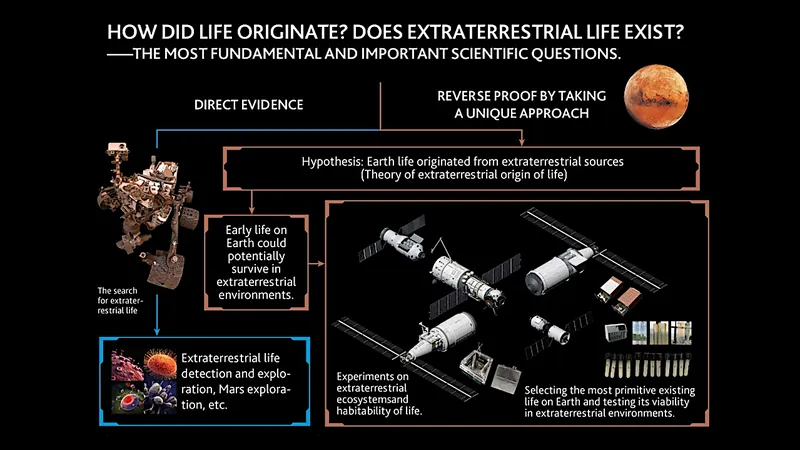
Uterine Transposition: A Groundbreaking Procedure to Safeguard Fertility Amidst Cancer Treatment
2024-09-25
Introduction
In a pioneering advancement for women facing pelvic tumors, uterine transposition emerges as a revolutionary solution that enables patients to undergo radiation therapy while preserving their fertility. Dr. John Paul Diaz, a prominent expert in gynecologic oncology and the director of robotic surgery at Baptist Health, explains how this innovative surgical technique can keep the dream of motherhood alive for female patients battling cancer.
What is Uterine Transposition?
Uterine transposition works by relocating the uterus outside of the radiation field, significantly reducing the risk of radiation-induced infertility. This meticulously crafted procedure ensures that the uterus remains viable and capable of supporting future pregnancies, offering hope to women who might fear losing their reproductive capabilities due to aggressive cancer treatments.
Differences from Traditional Hysterectomy
Unlike a traditional hysterectomy, where the uterus is entirely removed, uterine transposition focuses on preserving the organ while carefully detaching it from its original position. The surgery involves cautious manipulation of the blood supply, particularly the infundibulopelvic ligament, to maintain the health of the uterus. This preservation allows the organ to remain functional, providing a unique opportunity for women to conceive after their cancer treatments.
The Surgical Procedure
Dr. Diaz outlines the essential steps in the procedure: "We begin by opening the retroperitoneum with the utmost care to avoid damaging the blood supply to the uterus. By preserving these vital vessels, we can ensure the uterus remains intact and operational post-surgery." After detaching the uterus and cervix from the vagina, the organ is strategically mobilized into the abdominal cavity and secured to the anterior abdominal wall, effectively keeping it out of the radiation zone.
Benefits of Uterine Transposition
As a result, patients can undergo their necessary radiation therapy for treating pelvic tumors without compromising their chances of future pregnancies. This advancement not only represents a significant leap in cancer treatment protocols but also embodies the delicate balance between combating the disease and honoring a woman's desire to bear children.
Conclusion
Uterine transposition stands as a beacon of hope for many women navigating the dual challenges of cancer and fertility preservation. With ongoing advancements in medical technology and surgical techniques, more women may soon find themselves empowered to fight cancer without sacrificing their dreams of motherhood.



 Brasil (PT)
Brasil (PT)
 Canada (EN)
Canada (EN)
 Chile (ES)
Chile (ES)
 España (ES)
España (ES)
 France (FR)
France (FR)
 Hong Kong (EN)
Hong Kong (EN)
 Italia (IT)
Italia (IT)
 日本 (JA)
日本 (JA)
 Magyarország (HU)
Magyarország (HU)
 Norge (NO)
Norge (NO)
 Polska (PL)
Polska (PL)
 Schweiz (DE)
Schweiz (DE)
 Singapore (EN)
Singapore (EN)
 Sverige (SV)
Sverige (SV)
 Suomi (FI)
Suomi (FI)
 Türkiye (TR)
Türkiye (TR)